Heavy rain follows heat wave. Floods meet parched soils. Satellites cannot prevent such natural disasters, but the data can help us take timely action.
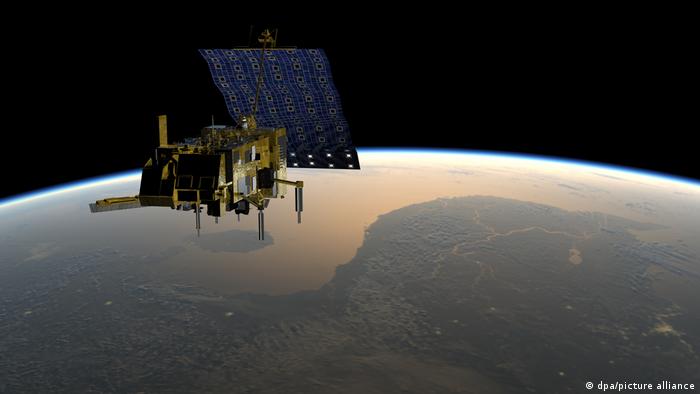
Artist's rendering of the European weather satellite “Metop-C”. The weather satellite was launched in November 2018.
March was the hottest in India since records began 122 years ago, and record temperatures were also measured in Pakistan. Drought aggravated the situation – in both countries around 60 percent less rain fell than usual. But: The heavy rain came with full force, resulting in flooding.
Change of location. There was also recent heavy rain in the South African province of KwaZulu-Natal. The storm caused “unspeakable devastation and massive damage,” the provincial government said. More than 2,000 houses and 4,000 huts were damaged, according to the provincial head of government, Sihle Zikalala. Several bridges collapsed and cars were swept away by the floods.
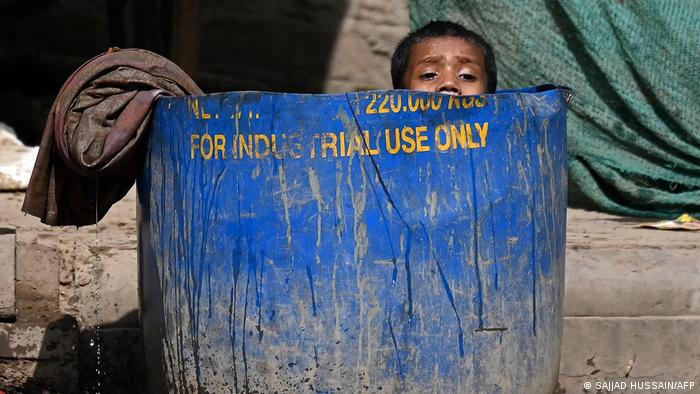
India and Pakistan suffered from an extreme heat wave – then floods followed in many places.
And Europe? This is where Spain and France were experiencing historic heat waves. “This is not normal,” agrees Simonetta Cheli, Director of Earth Observation Programs and Head of ESA's Center for Earth Observation at the Living Planet Symposium (LPS).
Summit of professionals
The LPS is the largest conference on the subject of “earth observation”, the European Space Agency (ESA) organizes it every three years in a different country, most recently in Milan, Italy. In 2022, the symposium was held in Germany for the first time in cooperation with the German Aerospace Center (DLR), at the World Conference Center (WCCB) in Bonn.
This time over 4000 participants from science, technology, politics and business are taking part. There are hundreds of sessions and panels in which results from satellite data are exchanged and their benefits discussed. In addition to measuring the earth, navigation, environmental protection and nature conservation, the precision of agriculture or food security, the focus is also on the potential of satellites with regard to weather and, above all, extreme weather forecasts.
“Satellites are generally very useful for weather forecasting,” says Cheli. In 1977 the first weather satellite was put into orbit, “Meteosat 1”. “Since then, the weather forecast has steadily improved,” says Cheli. However, the prediction of extreme weather events is another topic. Future satellites should provide even more information and make forecasting easier.
Frequency of extreme weather is increasing
A look back at the last few years makes it clear that extreme weather phenomena such as storms, heavy rainfall, floods, heat waves and droughts are occurring more and more frequently. This development is also confirmed by the latest reports by the Intergovernmental Panel on Climate Change, IPCC for short: Weather extremes will continue to increase.
For example, the floods in western and central Europe in the summer of 2021. Extreme rainfall occurred between July 12 and 15, 2021. In the region around the rivers Ahr and Erft in Germany, an average of more than 90 liters of rain per square meter fell every day – an extreme weather, because this was more precipitation than at any time since weather records began.
“As far as I know, the heavy rains were predictable and they were forecast,” Philip Evans told DW. Evans is also a participant in the LPS and he is Director General of EUMETSAT, short for: European Organization for the Exploitation of Meteorological Satellites, a European agency for meteorological satellites (Meteosat and MetOp weather satellites) measuring weather and climate monitor from space.
In fact, a few days before the flood, the European Flood Warning System had predicted a high probability of flooding. On July 12, 2021, the German Weather Service (DWD) informed numerous contacts in Rhineland-Palatinate, including district administrations and fire brigades. The next day, the DWD reinforced its warning: “The next few days will be tough.”
Predictions alone are not enough
“But there are challenges,” Evans continues. “Weather forecasting isn't just about making forecasts. It's about making a forecast, getting it to those who really need it, which is the emergency responders, and they in turn have to decide what to do.” ;
That is exactly what was discussed for a long time after the flood disaster in July 2021: What went wrong with risk management? The tenor when looking back: Extent, responsibilities and instructions for action were not clear enough. According to an expert panel convened by the Science Media Center afterwards, “a concerted action in risk communication” is needed.
Weather forecast: A 'chaotic' system
The daily weather forecast has become something of a matter of course for us, which occupies us emotionally. If the weather is worse than predicted or different than we would like, the mood drops. Only very few have an idea of the effort behind the correct – albeit bad – forecast.
“Weather forecasting is a huge underappreciated scientific achievement,” says Phil Evans. He calls it a “chaotic system” because the smallest change in the system can have a big impact on what happens over the next three, four, or five days. For example, parameters such as humidity, temperature, sea surface temperature and wind are included in the calculations. In addition to satellites, the data comes from weather balloons, airplanes and ships, measuring buoys, weather radar stations, weather stations and automatic ground stations.
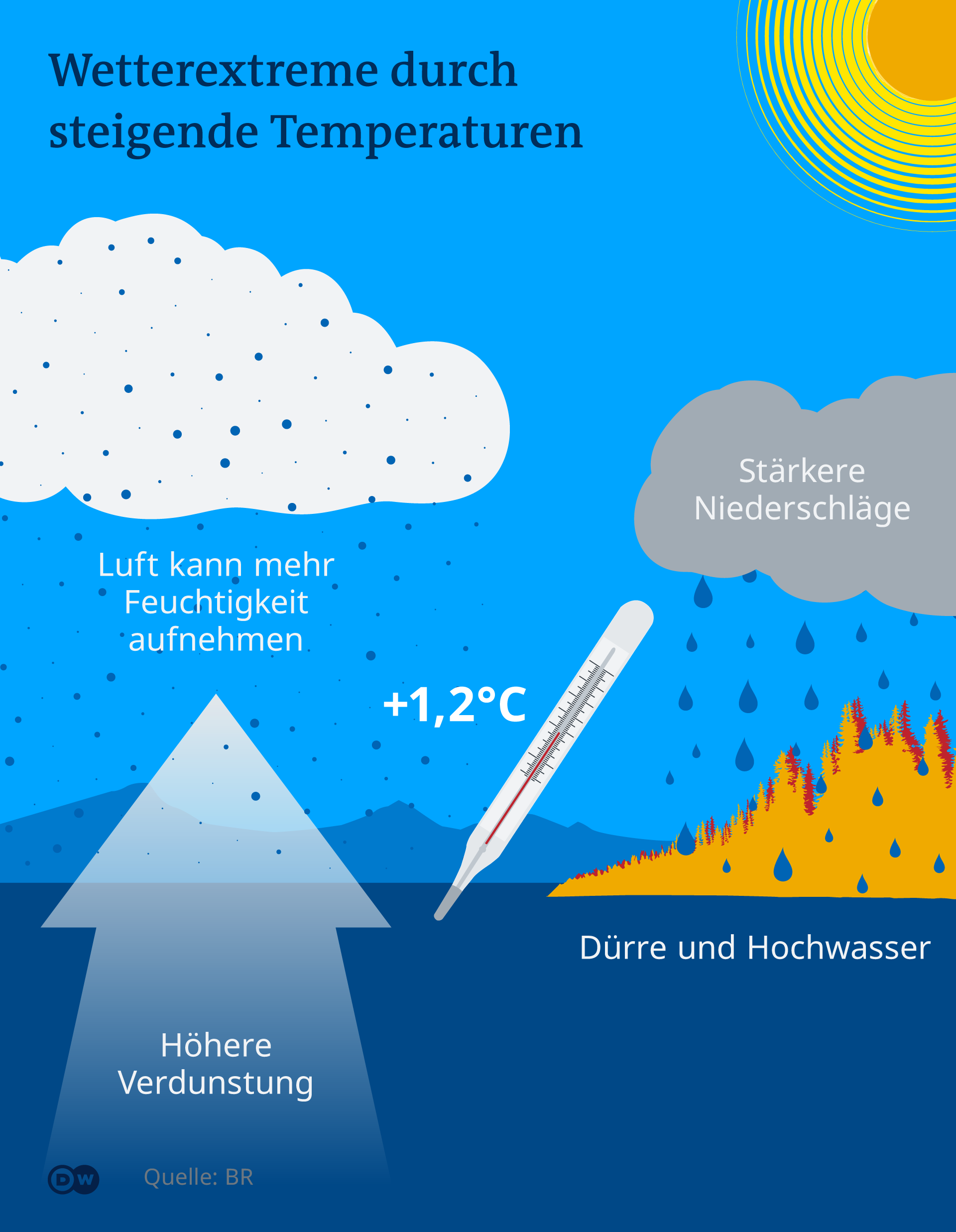
However, satellites fill a particular gap here: They provide data from areas that are particularly difficult to access, such as deserts, primeval forests or ocean surfaces. This enables almost complete monitoring. Since 1977, Europe has had its own geostationary weather satellites called Meteosat. You have a view of the earth from an altitude of around 36,000 kilometres.
“But when it comes to weather forecasting, it is a particular challenge to understand what the earth's atmosphere is doing at this moment,” says Evans. That means: around the globe, in all of its atmospheric layers. This snapshot of the atmosphere is used then as a basis for weather forecasts. “That's why Earth observation plays such an important role,” says Evans.
When can we rely on the forecast?
But how reliable is our weather forecast? for the weekend or the coming week? “The current weather models calculate up to 14 days ahead, that's the maximum,” says Evans. “Ten days are more realistic.” The accuracy increases with each additional day.
It is said that the forecast for the coming week is about as reliable today as it was for the next day 30 years ago. The 24-hour forecast achieves a hit accuracy of a good 90 percent, with the 3-day forecast the accuracy is just over 75 percent.
If extreme weather events occur, the forecast depends on the type of the weather event.
“An extreme weather event that is caused, for example, by a tropical hurricane, which we often see in the US, is a very, very big event,” Evans said. “The course of a hurricane can be predicted with a high degree of probability a few days in advance.”
However, in the case of extreme weather events that are smaller in terms of area, such as tornadoes in the USA or violent thunderstorms in Europe, it is actually impossible to make a forecast. “These can often only be predicted six to twelve hours in advance,” says Evans. So-called nowcasting (“actual forecast”) is often used, with satellite data playing an important role.
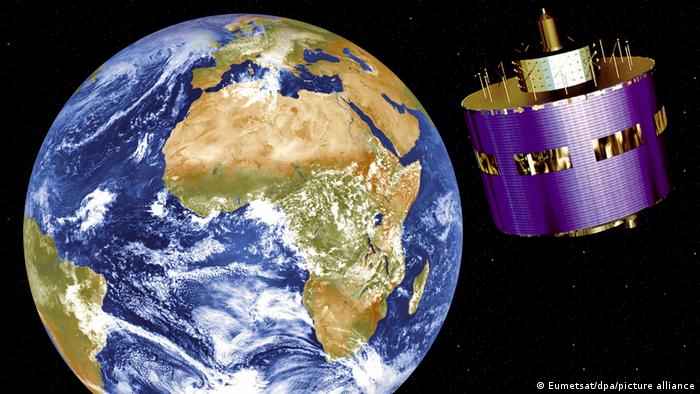
From November 2022, the third generation of the Meteosat weather satellites is to be launched: MTG 3rd Generation
A new generation of satellites
However, a new generation of satellites is already in the starting blocks that can collect data on more localized extreme weather events. From November 2022, the three Meteosat satellites of the third generation (MTG 3rd Generation) will be launched.
The new MTGs are intended to track changes in the atmosphere, on land surfaces and oceans even more precisely. For the first time, it should be possible to track the entire life cycle of a storm. This is also the focus of the MTG mission: improving the forecasting of severe storms.
“This will allow us to follow the development and course of these weather events much better,” says Evans. This will have a major effect on the ability to deal with extreme weather events. Philip Evans is visibly excited: “That may sound like an exaggeration, but the MTG 3rd Generation satellite will help save lives.”
 Flood disaster: The urgently needed help
Flood disaster: The urgently needed help Flood Disaster: The Urgently Needed Help
Flood Disaster: The Urgently Needed Help Flood disaster: The much-needed help
Flood disaster: The much-needed help Flood Disaster: The Much-Needed Help
Flood Disaster: The Much-Needed Help Flood disaster: The urgently needed help
Flood disaster: The urgently needed help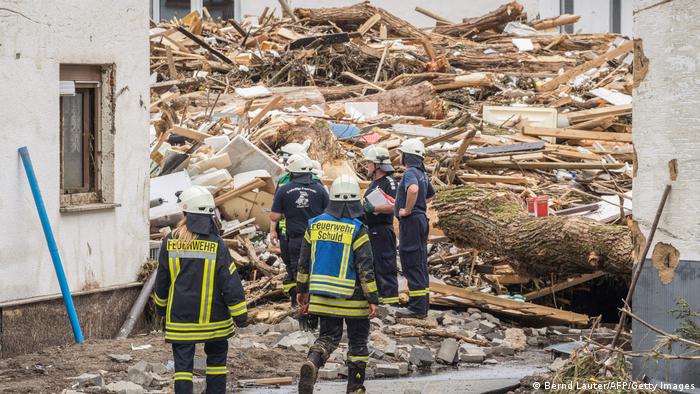 Flood Disaster: The Much-Needed Aid
Flood Disaster: The Much-Needed Aid Hurricanes – violent events the devastation
Hurricanes – violent events the devastation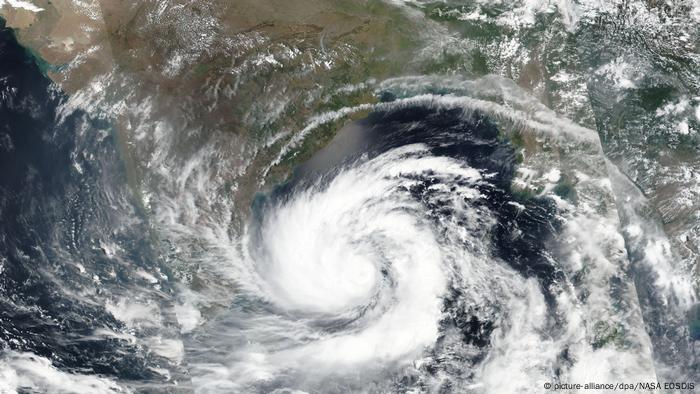 Hurricanes – Forces of Desolation
Hurricanes – Forces of Desolation Cyclones – Forces of Devastation
Cyclones – Forces of Devastation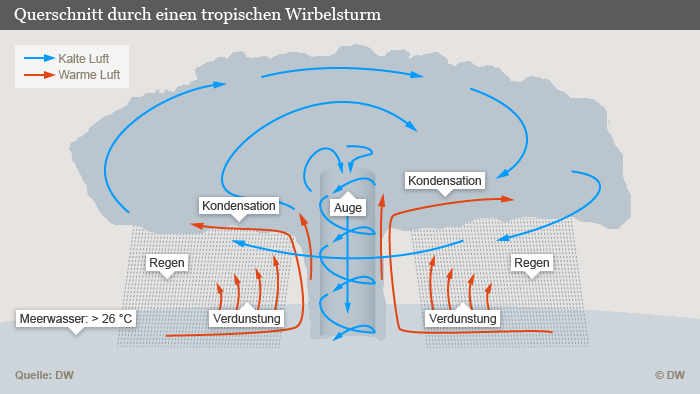 Hurricanes – Forces of Devastation
Hurricanes – Forces of Devastation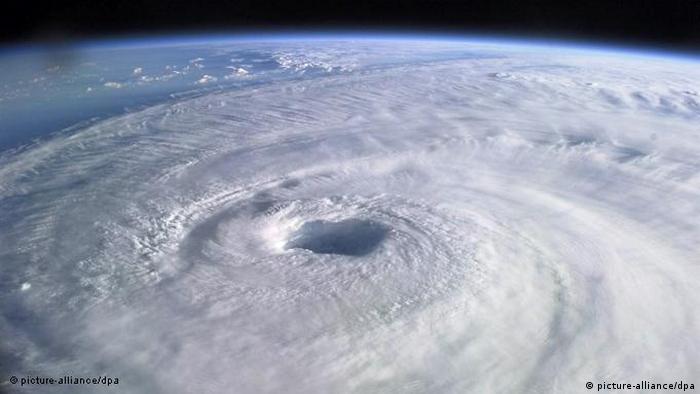 Hurricanes – Forces of Desolation
Hurricanes – Forces of Desolation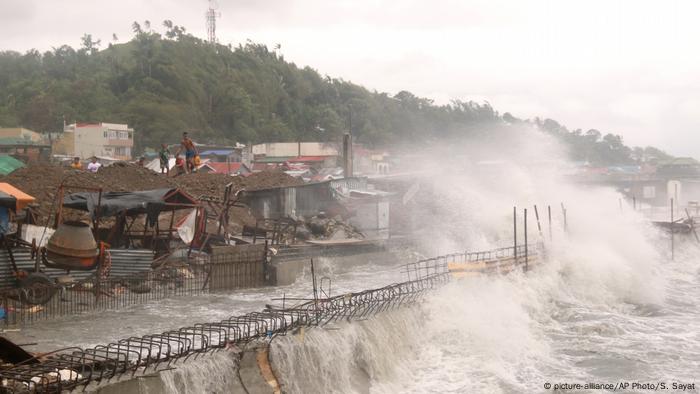 Hurricanes – Forces of Devastation
Hurricanes – Forces of Devastation Hurricanes – Forces of Devastation
Hurricanes – Forces of Devastation Hurricanes – Forces of Devastation
Hurricanes – Forces of Devastation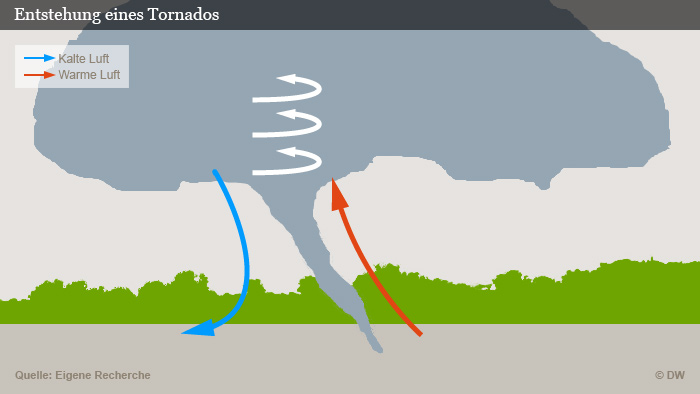 Cyclones – Forces of Devastation
Cyclones – Forces of Devastation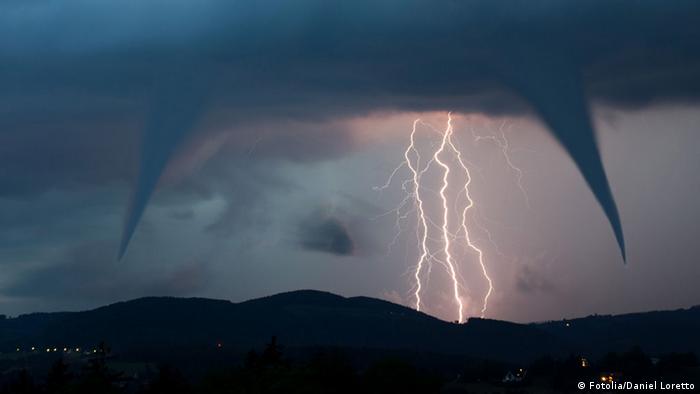 Hurricanes – Forces of Desolation
Hurricanes – Forces of Desolation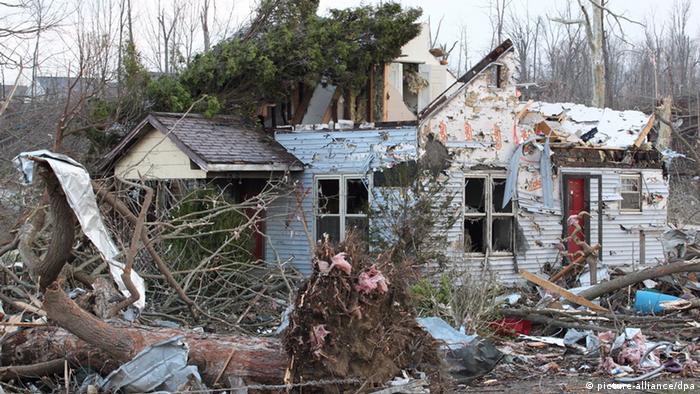 Cyclones – Forces of Devastation
Cyclones – Forces of Devastation